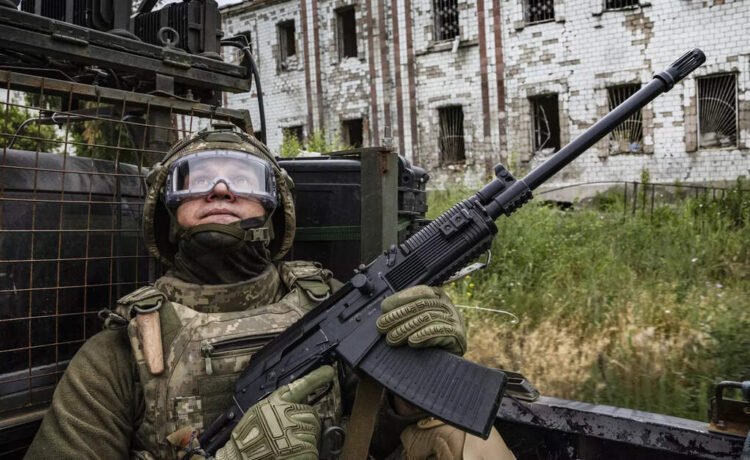How rich is Donbas? The Ukrainian coal and mineral hub that Putin wants to end the war

Following his summit in Alaska with Vladimir Putin, Donald Trump informed Ukraine’s leader on Saturday, August 16, that Putin had proposed freezing the frontlines in other areas if Kyiv agreed to withdraw from the eastern regions of Donetsk and Luhansk, the two regions that make up the coal-rich region of Donbas, according to a source familiar with the discussions, as reported by the Jerusalem Post.
However, in his recent statements, Zelensky dismissed the notion of abandoning Donbas, the collective term for the Donetsk and Luhansk regions.
If it happens, that would give Moscow control of almost the entire Donbas, a region that has been contested since Russia’s first invasion in 2014.
Why Donbas matters

Live Events
Donbas. short for the Donets Coal Basin, is Ukraine’s industrial powerhouse, stretching across the Donetsk and Luhansk regions. It holds vast coal reserves, once fuelling much of Ukraine’s energy grid and steel production.
Before the war, metallurgy and mining made the region a key driver of Ukraine’s economy.
“Control of Donbas gives Russia a massive economic and military advantage,” says Elina Beketova to The Independent, a fellow at the Centre for European Policy Analysis. “It’s not just resources, it’s a fortress line Ukraine has built up for years. If it falls, Russia can push deeper west unhindered.”
According to Yaroslav Trofimov, the Chief Foreign Affairs Correspondent of The Wall Street Journal, surrendering the fortifications of northern Donbas in exchange for Putin’s pinky promise not to invade for the third time would be suicidal for Ukraine, unless Trump is willing to send US troops to protect Ukraine the way they protect South Korea.
How rich is Donbas?
Donbas is exceptionally rich in natural resources, making it a crucial economic and strategic hub for Ukraine. According to the 2025 CIRSD report “The Mineral Wars,” the Donbas and Crimea regions collectively host significant coal deposits, natural gas fields, and critical minerals.
Within months of Russia’s invasion in 2022, Moscow controlled over $12.5 trillion worth of Ukrainian mineral and gas assets. Donbas alone contains more than 56 per cent of Ukraine’s hard coal reserves, among the largest in the world and valued at approximately $12 trillion.
It is rich in critical minerals such as lithium (important for batteries and green technologies), tantalum, cesium, and strontium, which are essential for the green energy and defense sectors.
Beyond its mineral wealth, the Donbas also plays a pivotal role in agriculture, with its water resources sustaining farming operations across southern Ukraine and supplying Crimea, a region suffering from chronic water scarcity.
A region under siege
Since 2014, Russia has steadily entrenched its hold. Today, nearly 88 per cent of Donbas is occupied by Moscow’s forces, including almost all of Luhansk and three-quarters of Donetsk. Ukraine still holds about 6,600 sq km of territory, but fierce Russian offensives continue around cities like Pokrovsk.
The war has devastated Donbas’s coal industry. In 2014 alone, production dropped by more than 22 per cent compared with the previous year.
Yet the region remains central to Moscow’s ambitions, not only for its economic output but also for its geography. Defensive lines in Donetsk have long blocked Russia’s advance into central Ukraine.








